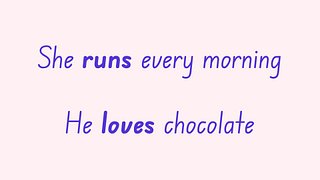

This ESL worksheet on Action and Stative verbs for adults includes everything you need to master the basics. With six engaging tasks, learners will study rules, sort verbs, complete sentences, correct errors, and write their own sentences. Perfect for A2 learners, this structured practice ensures clear understanding of the topic.